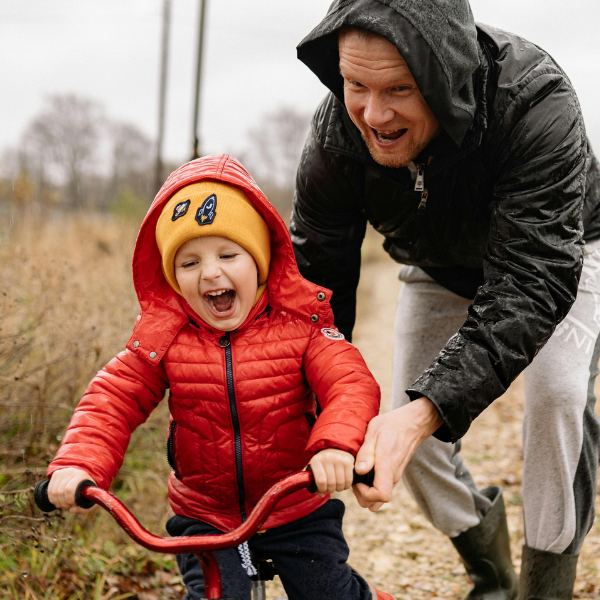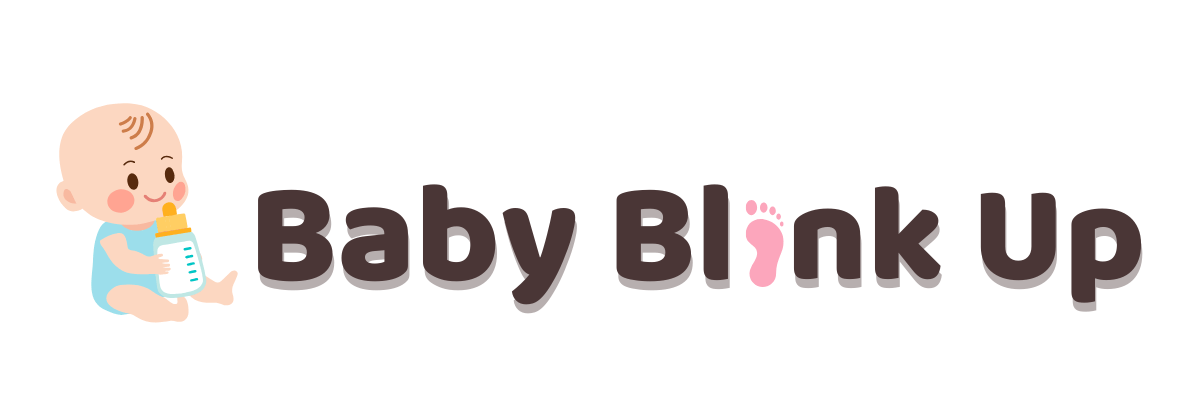Teaching children good behavior is one of the most significant aspects of parenting. It shapes their character, builds strong values, and lays the foundation for a respectful and responsible individual. If you’re wondering, how do you teach a child good behavior?, the answer lies in a blend of consistent guidance, positive reinforcement, and nurturing. By fostering the right habits early, parents can equip their children with the tools they need to navigate life successfully.
Let’s explore seven simple steps that make this journey effective and rewarding.
7 Simple Steps to Teach Your Child Good Behaviors

1. Model the Behavior You Want to See
Children learn by observing their parents. If you want your child to be polite, respectful, or kind, demonstrate these traits in your daily interactions. For instance, saying “please” and “thank you” when speaking to them encourages them to adopt the same language.
Modeling good behavior creates a powerful example for them to follow, as they often mirror the actions of their caregivers.
2. Set Clear Expectations and Rules
Children need clarity to understand what is expected of them. Establish household rules that align with your family values. For example, a rule could be, “We speak kindly to each other.” Be consistent in enforcing these rules so that your child knows they apply at all times. Clarity reduces confusion and helps reinforce positive child behavior.
3. Use Positive Reinforcement
Rewarding good behavior is one of the most effective ways to encourage it. Whether through verbal praise, small incentives, or extra privileges, recognizing your child’s efforts motivates them to continue acting positively. For example, if your child shares their toys with a sibling, acknowledge it by saying, “That was very kind of you to share.” Positive reinforcement fosters confidence and teaches children that their good actions are valued.
4. Encourage Open Communication
Create an environment where your child feels comfortable expressing their feelings and thoughts. By listening actively and validating their emotions, you teach them how to communicate respectfully. For instance, if your child is upset about a situation, instead of dismissing their feelings, ask questions like, “What made you feel that way?” This practice strengthens your bond and helps them learn respectful dialogue.
5. Establish Consistent Routines
Routines provide children with a sense of security and predictability, which is essential for good behavior. A structured day that includes designated times for meals, homework, play, and rest helps children understand expectations and reduces misbehavior caused by unpredictability. For example, a bedtime routine that involves brushing teeth, reading a book, and sleeping at a specific time sets healthy habits.
6. Use Discipline as a Teaching Tool
Discipline should focus on teaching rather than punishment. When addressing misbehavior, explain why it was wrong and guide them on better choices. For instance, if your child grabs a toy from someone, explain, “Taking things without asking can hurt others’ feelings. Next time, try asking first.” This approach is an effective way to discipline children positively while fostering understanding.
7. Provide Opportunities for Responsibility
Teaching responsibility is a cornerstone of good behavior. Assign age-appropriate tasks, such as tidying their room or helping set the table, to instill a sense of accountability. Praise their efforts, even if the outcome isn’t perfect. For example, saying, “Thank you for helping with the dishes,” encourages them to contribute actively to family life.
Additional Tips for Positive Child Behavior
Be Patient and Empathetic
Children are still learning, and mistakes are part of the process. Showing patience and understanding helps them feel supported as they navigate challenges.
Avoid Overreacting to Misbehavior
Sometimes, ignoring minor missteps can be more effective than overreacting. Address significant issues calmly and focus on solutions rather than punishment.
Foster a Positive Environment
A loving and supportive home environment sets the stage for good behavior. Encourage activities that build trust, like family game nights or shared meals.
Adapt Your Approach
Every child is unique, and what works for one may not work for another. Be flexible and willing to adjust your strategies based on your child’s needs and personality.
How to Encourage Kids to Behave Well

Encouraging good behavior involves more than just teaching rules; it requires creating a nurturing environment where children feel valued and understood. Positive reinforcement, empathy, and clear communication play pivotal roles. By acknowledging their efforts and guiding them through challenges, parents can inspire lasting good behavior.
These tips are essential parenting techniques for good behavior and help build a strong foundation for your child’s future interactions.
Effective Ways to Discipline Children Positively
Focus on Solutions
Instead of solely pointing out what went wrong, guide your child toward better solutions. For example, if they spill a drink, involve them in cleaning it up and explain how to be careful next time.
Encourage Reflection
Ask questions like, “What could you have done differently?” This encourages critical thinking and helps them take ownership of their actions.
Maintain Consistency
Children thrive on consistency. Ensure that disciplinary actions align with your family’s rules and values to reinforce the connection between actions and consequences.
Summary of 7 Steps to Teach Good Behavior
| Step | Description | Example |
|---|---|---|
| 1. Model Behavior | Demonstrate positive traits for your child to emulate. | Saying “please” and “thank you.” |
| 2. Set Rules | Create clear and consistent expectations. | “We speak kindly to each other.” |
| 3. Positive Reinforcement | Reward good actions to encourage repetition. | Praising a child for sharing toys. |
| 4. Open Communication | Listen actively and validate feelings. | Asking, “What made you feel that way?” |
| 5. Routines | Establish predictable daily schedules. | Setting a bedtime routine. |
| 6. Discipline Positively | Use missteps as teaching moments. | Explaining why grabbing a toy is wrong. |
| 7. Responsibility | Assign age-appropriate tasks. | Encouraging them to tidy their room. |
Related Article: 11 Simple Methods to Handle Bad Behavior in Children at Home
Conclusion
Teaching children good behavior is a journey that requires patience, consistency, and love. By modeling positive actions, setting clear expectations, and using techniques like positive reinforcement, parents can guide their children toward becoming respectful and responsible individuals.
Remember, the question, how do you teach a child good behavior?, is best answered with a balance of structure, empathy, and open communication. By instilling these habits early, you equip your child with the tools they need for a lifetime of positive interactions.
FAQ’s
What are the best tips for positive child behavior?
Consistency, positive reinforcement, and clear communication are among the best tips for promoting positive behavior. Creating a structured environment and modeling good actions also play a significant role.
How can I encourage my child to behave well?
Encourage good behavior by rewarding positive actions, setting clear expectations, and maintaining open communication. Show empathy and provide a supportive environment where they feel valued.
What are effective ways to discipline children positively?
Effective positive discipline focuses on teaching rather than punishment. Use strategies like natural consequences, reflection, and guiding them toward better choices.
How do routines help in teaching good behavior?
Routines provide structure and predictability, helping children understand what’s expected of them. Consistent routines reduce anxiety and misbehavior caused by uncertainty.
How can I teach my child to take responsibility?
Assign age-appropriate tasks and praise their efforts. Encourage them to take ownership of their actions by involving them in solutions and reflecting on their behavior.





Pingback: Why Doesn't My Child Take Responsibility for Their Actions? 7 Steps